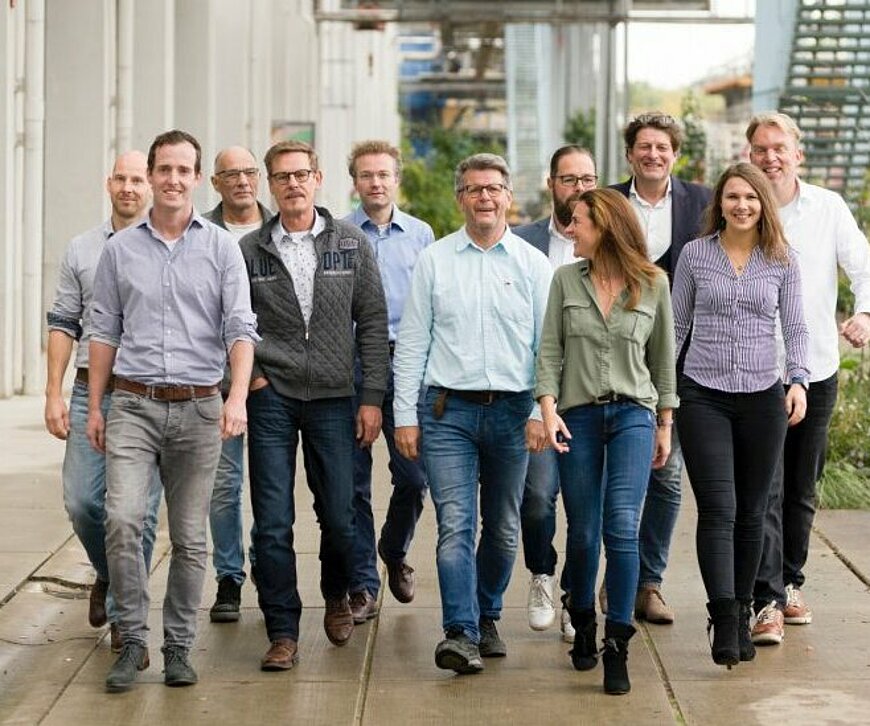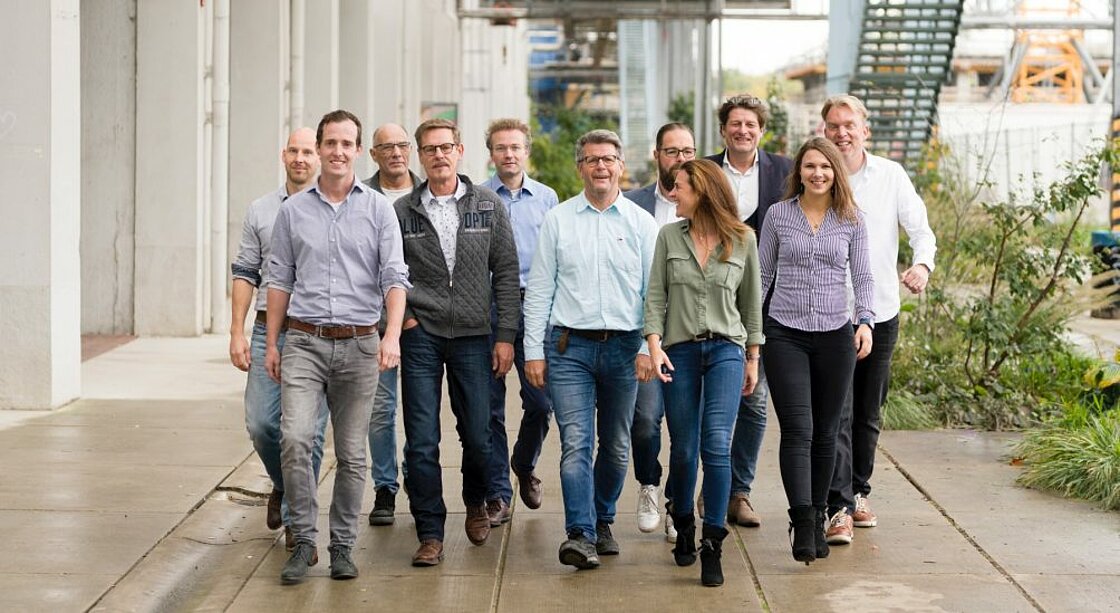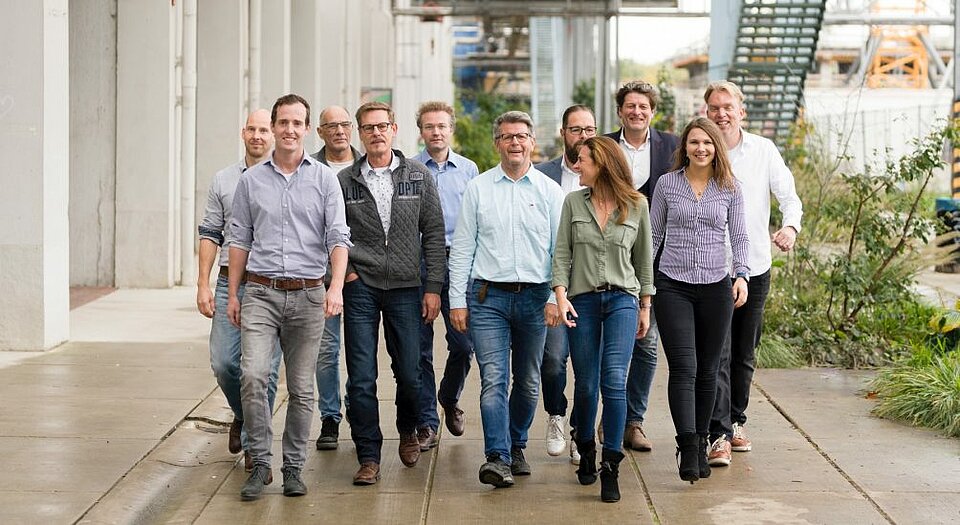A 1000 kilometer drive is easy with this battery

The Dutch company SALD expects to be able to provide batteries with an ultra-thin layer that makes batteries three times more powerful by 2022 or 2023 at the earliest.
The Eindhoven-based company SALD is making great progress with its revolutionary “Spatial Atom Layer Deposition” battery for electric cars. This is what their CEO Frank Verhage states in a press release. According to Verhage, within a few years, the SALD batteries will make it possible for E-cars to drive 1000 kilometers or even 2000 kilometers without having to recharge.
What’s more, the SALD batteries charge five times faster than conventional batteries. An almost empty battery can be charged to 80% within 10 minutes. It is full within 20 minutes.
Negotiations
Verhage says that discussions are taking place with several automobile manufacturers about the installation of the SALD batteries in their electric cars, although he is unable to reveal any names as yet. Verhage estimates that these cars will come onto the market around 2022-2023 at the earliest.
As Innovation Origins reported earlier, SALD is a spin-off from SoLayTec. It also works closely with the Netherlands Organization for Applied Scientific Research (TNO) and the Fraunhofer Institute from Germany. SALD is located in Eindhoven in the Netherlands.


Wet and dry
The battery that SALD is working on is in fact a successor to the currently widely used lithium-ion technology (Li-Ion). The engineers at TNO and Fraunhofer have developed a technique for applying an ultra-thin layer on surfaces at an atomic level. This nanolayer creates a so-called “Artificial Solid-Electrolyte Interphase” (A-SEI), which greatly improves the strength of the SEI.
“In the future, an electric car will be able to drive more than 1000 kilometers with a smaller battery or more than 2000 kilometers with a larger battery without having to recharge,” says Verhage.
He maintains that the SALD technology also works with so-called “solid-state” batteries ( which use a solid substance instead of liquid electrolytes), something that is currently the subject of a lot of research. The ultimate goal of SALD is a Solid State battery that is lighter, safer, and stronger than existing batteries.
Tesla
Verhage says that the SALD technology is being closely watched by Tesla’s Elon Musk, who, during the “Battery Day” in September, drew attention to improving the exchange of ions between the cathode (+) and anode (-) inside a battery. Which is exactly what SALD is doing.
According to SALD, the technique has been tested on a lithium-iron-phosphate battery that Tesla is going to use in its Chinese factory for the Model 3. But also other types of batteries are among the available options. “We are in close contact with almost all major battery manufacturers with a view to demonstrating the industrial potential of our technology,” Verhage states.
He adds that SALD is in possession of all major patents and that machines are already available for production on a smaller scale. SALD technology is not only useful for improved batteries in cars, but also in cell phones and other electrical devices. The coating technique can also be used for all kinds of surfaces such as screens, computer chips, solar cells, and textiles.